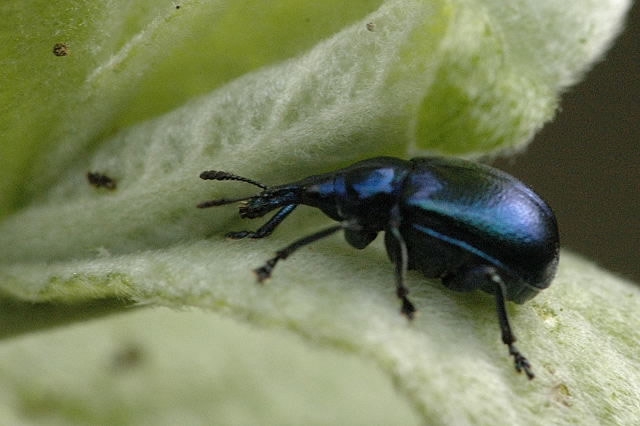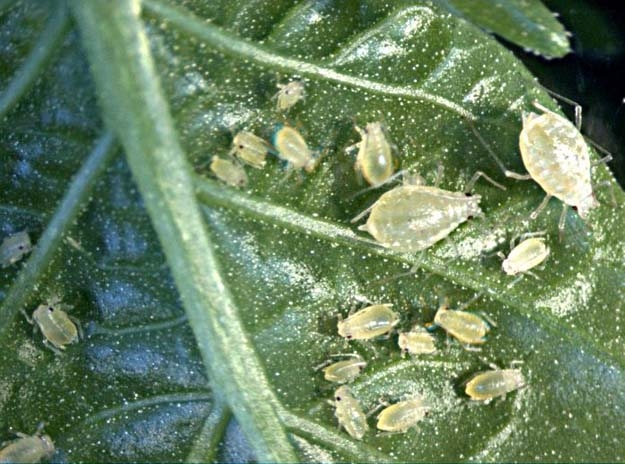Vine leafroller tortrix
Vine leafroller tortrix is a lepidopteran that attacks not only vines but also other perennial or annual plants. Scientific name: Sparganothis pillerianaOther name: Fruit mothGreek name: Τυλιγάδι ή Πυραλίδα της Αμπέλου Damage Young vine leafroller tortrix larvae feed on buds, young vegetation and inflorescences, which display silky threads. Small nits often appear on the leaf […]
Vine leafroller tortrix Read More »




















